2022 | Competition
An Ongoing Conversation
The Competition 2022 presents a vibrant, multi-faceted selection of seasoned Berlinale directors and newcomers alike. In this interview, Artistic Director Carlo Chatrian and Head of Programming Mark Peranson talk about irony, inter-cultural film references, the rhythm between festival editions, and trusting your filmmaker to get you to the end.
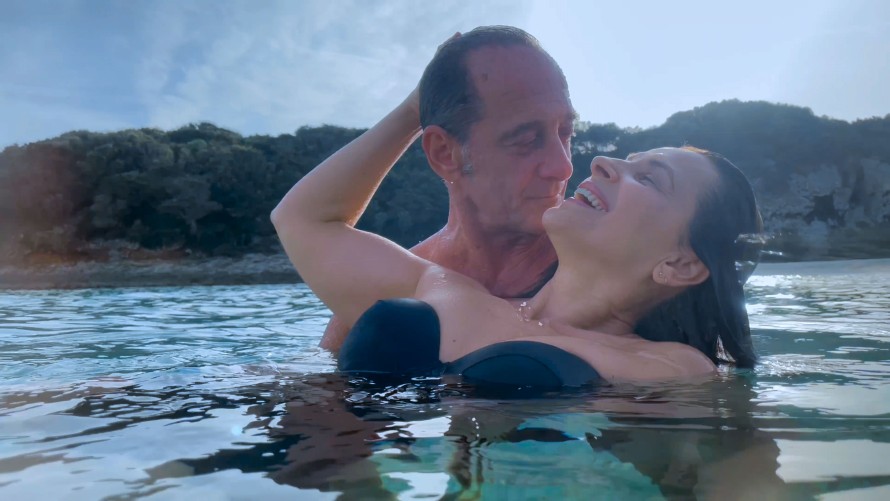
Vincent Lindon and Juliette Binoche in Avec amour et acharnement by Claire Denis
You wrote in the Competition programme introduction that human and emotional bonds are a connective thread between the films of the Competition this year. Films like Avec amour et acharnement (Both Sides of the Blade) by Claire Denis, A E I O U – Das schnelle Alphabet der Liebe (A E I O U – A Quick Alphabet of Love) by Nicolette Krebitz and La ligne (The Line) by Ursula Meier come to mind. Where do you think this interest in examining these bonds comes from?
Mark Peranson: Of course one could connect it to the current situation in terms of the need to feel bonds in a more difficult time. However, I would say that many of our filmmakers this year generally lean towards these kinds of scenarios and this kind of filmmaking. For example, Claire Denis, Hong Sangsoo or Ursula Meier make films about people who deal with real emotions, who strive to connect with each other, and that’s a crucial part of what makes their films successful.
Carlo Chatrian: Yes, I agree. These filmmakers came with films where human bonds, family bonds, are more present. I don't think we have to find an answer as to why, because I think it would deprive the films of their complexity and impose one point of view. But what I think is more important to mention is the fact that so many films play with lightness, even humor. Rabiye Kurnaz vs. George W. Bush by Andreas Dresen is based on a true story, but you have the feeling you're in a stand-up comedy show. And in the Nicolette Krebitz’s film (A E I O U – Das schnelle Alphabet der Liebe), you have elements that are not directly comedy, but a little bit over the top, playing with the idea of falling in love. Our opening film Peter von Kant by François Ozon is another good example of a film having a free, light, playful relation with its subject. So, humour and irony are very present in our lineup.
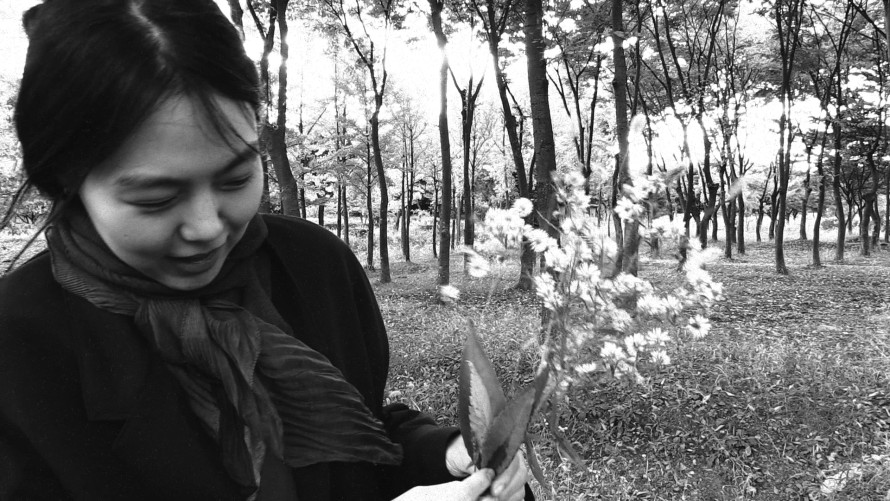
Kim Minhee in So-seol-ga-ui yeong-hwa
There are a lot of filmmakers returning to the Competition, several have also won Bears. For example, Hong Sangsoo is back in the Competition for the third year in a row. How would you say that his newest film So-seol-ga-ui yeong-hwa (The Novelist's Film) connects to his previous works?
MP: With Hong Sangsoo, each film is another brick in an ongoing building that is being constructed. If you compare Inteurodeoksyeon (Introduction) and So-seol-ga-ui yeong-hwa, for example, there are five actors who appear in both. He has certain common elements to each of the films: Scenes of people drinking, scenes set in cinemas, in one way you can see it as a kind of game. The difference isn't really in terms of the plot or the characters, it's the very small things that differ from film to film, which make them unique. You have to look at how the films relate to each other and see them all as part of a bigger project.
CC: On a more general level, the festival is an ongoing conversation we are having with our audience, but also with film as a collective movement. I've always said that it's very important to be faithful to a tradition, which is the tradition of the festival, but also the tradition of cinema itself. I'm very happy when filmmakers with a long history are back and seeing something new, something that helps us in understanding what cinema can do. There is a rhythm between one festival edition and another. Last year, there was a very fresh selection of filmmakers in Competition. This year, we have some experienced filmmakers as well as some themes and projects that we have been anticipating for a long time.
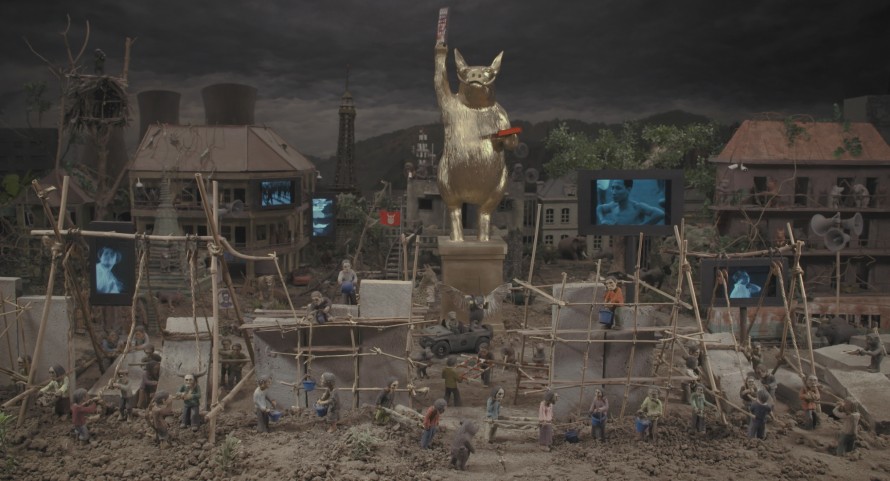
Everything Will Be Ok
Another returning filmmaker is Rithy Panh, who won the Berlinale Documentary Award in 2020, with his new stop-motion animation film Everything Will Be Ok.
CC: This film is part of a process of embracing and translating the personal experience Rithy Panh had as a survivor of the genocide perpetrated by the Khmer Rouge, which is what all of his films are about. This one is like watching from another planet – because it's a science-fiction movie – what can happen to a society when violence and oppression become the main mode of social interaction.
MP: One thing that stood out for me was that there were a lot of references to cinema. We don't want to give away too much, but there are certain scenarios with explicit references to films and filmmakers, for example Dziga Vertov or Stanley Kubrick. And as Carlo said, it's extremely different from the one we screened in 2020: it's more like his earlier film L’image manquante (The Missing Picture).
Les passagers de la nuit (The Passengers of the Night) by Mikhaël Hers is set in a specific point in time, in 1981, during the French presidential election, but it's still a rather universal story about family life and community. How do these elements work together?
MP: You can see the 1980s influence in the cinematic allusions to the filmmakers of the time. We see an Éric Rohmer film, we see Jacques Rivette in the subway, and we hear the music of Joe Dassin. The film works because of these specific things in the time period, but also because of its universality. Even if you don't get these references, you can still relate to the family dynamics. You understand that these characters are people going through something which is very relatable, that can happen in 1980 or today or any time for that matter. And by the end, you travelled with them on this journey. But the other thing I liked about this film: it's not like these characters change so much. In a way that's more true to life. In a lot of dramatic fiction, you have these forced emotional changes, forced personality changes. But in this film, the characters grow, but they don't necessarily have to undergo dramatic changes, and I think that makes it work.
CC: I agree with Mark. I think this makes the film feel closer to reality. There are elements that are very specific and realistic, but at the same time, the power of the writing and the direction of the actors is so strong that the characters can hopefully be embraced by everyone. So, there is this kind of interesting connection between the fiction and the real, the detail and the universal, which is, I think, very well achieved.
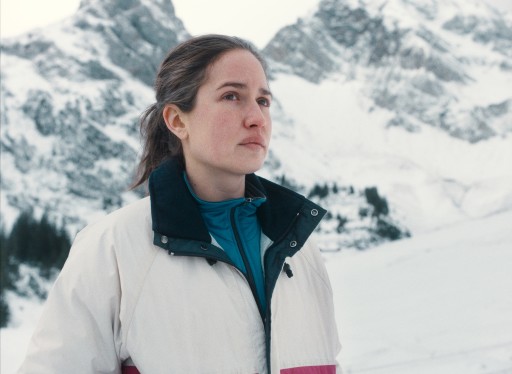
Michèle Brand in Drii Winter
Drii Winter (A Piece of Sky) by Michael Koch struck me as a film where space is incredibly important – the space where it takes place, the Alps, but also the visual space of the cinematic image.
CC: Filmmaking is, first of all, trying to find a way to translate a space, through framing and how the frames connect with each other. And the framing in a city is different from the framing 2.000 meters above sea level in a natural location. One of the biggest achievements of Drii Winter is really how it manages to convey a very strong, yet realistic feeling of living in the mountains. I spoke with Michael Koch, I think it was five years ago, and he said: "I'm going to spend a summer in the mountains because I want to understand how these people live." What impressed me is how the camera was put in exactly the right place for telling this kind of story in that location. Me being from the mountains, I can really appreciate that.
MP: Also, the film is shot in a 4:3 ratio, not in widescreen, which would be a very easy thing to do when you're shooting outdoors in such glorious landscapes. But this 4:3 cropped frame makes you more focused on the framing and it actually makes sense when you're dealing with mountains. Mountains are tall things, not wide things. If that was the first choice Michael Koch made, then it was the best choice in the making of this film.
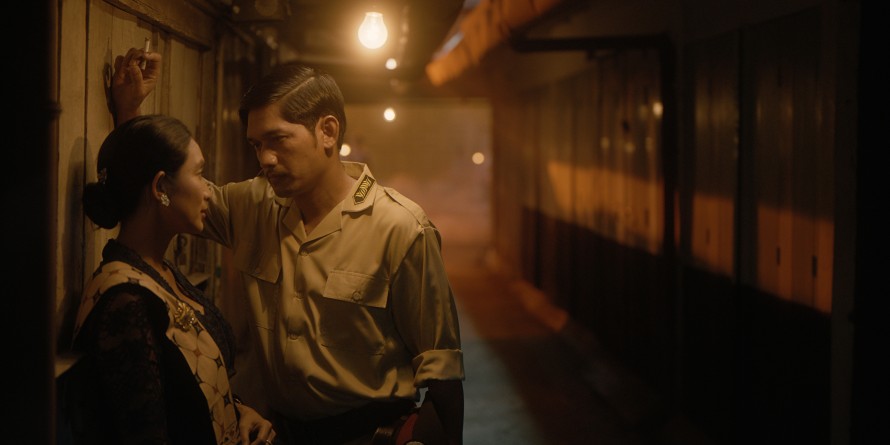
Happy Salma and Ibnu Jamil in Nana
One striking feature of Nana (Before, Now & Then) by Kamila Andini is how it deals with secrets. It's in the plot, but it's also almost like the film keeps secrets from its audience because it's very subtle, it has a very intricately woven plot, and it reveals it only little by little.
CC: It's a very mysterious film, it doesn't unveil everything. The pieces of the story are in the chronological order, but not in the logical order, the order you need to get the whole picture. So, you have to do some back and forth, which can be a little bit disorienting, but it also makes it more enigmatic and interesting. Nana also takes on a very specific point of view, the one of women in 1960s Indonesia, and their view on society. It's a very political film and it could only be done by a woman.
MP: I think if you approach this film not expecting something straightforward, you'll be much more rewarded by it. Not everything is A to B to C to D. And you can understand the film from things other than the plot, you get it from the acting, the staging, the environment. You have to understand that you're in the hands of a filmmaker, and you have to have faith that they'll get you to the end, and you'll be rewarded.
Paolo Taviani's new work Leonora addio connects the death and the journey of the ashes of Italian writer and Nobel Prize winner Luigi Pirandello with a story called "The Nail" he wrote before his death, about a young boy who kills a young girl in Brooklyn.
CC: To me, the beauty of this film is that it avoids any clear connection. It's up to the viewer to establish or not establish connection. "Leonora addio" is also a novel by Pirandello, but the plot of the film is not the plot of the novel. And the story of the ashes is not the real story of Pirandello. I guess Paolo Taviani is, like everyone else, an admirer of Pirandello – he and his brother have worked on Pirandello previously (with Kaos and Tu ridi). But he is also aware of Pirandello’s connection with fascism. The film starts with an old man dying, which could be Pirandello, but it's really about life that flows too fast. More generally, Leonora addio is about what happens to your remains when you are famous – and all the tragic and comic elements that come with any kind of post-mortem celebration. There is a scene, which is great, where the ashes are shown going through the city in a child’s coffin, where comedy, tragedy and the grotesque go hand in hand, which is something that the Tavianis have often done. And to make the connection back to Rithy Panh, this is also a film that uses the cinema as a reservoir of images, powerful images, like a newsreel and fiction movies mainly from neorealism.
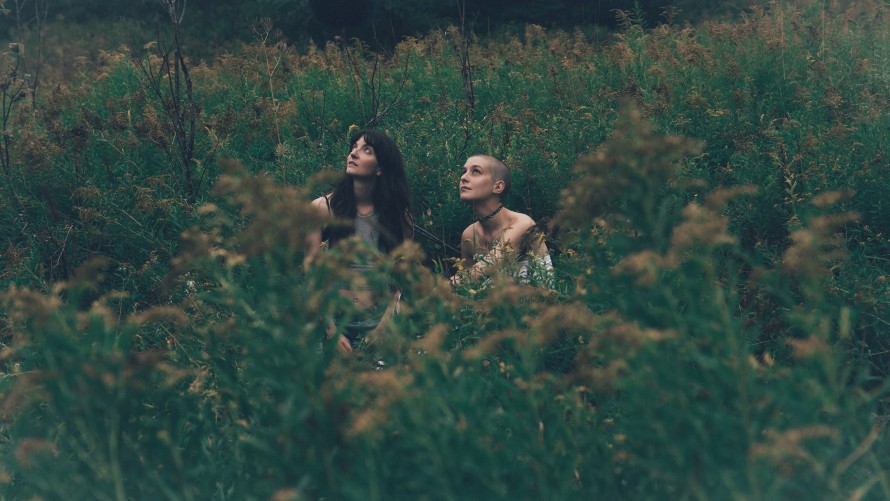
Larissa Corriveau and Aude Mathieu in Un été comme ça
One common feature in many of this year's films is a setting outside of the city, or a journey from a city to the countryside. What effect does this have on a film experience?
MP: These films tend to have different rhythms than a film shot in the hustle and bustle of the city. In the case of, for example, Yin Ru Chen Yan (Return to Dust) by Li Ruijun or Un été comme ça (That Kind of Summer) by Denis Côté, there are different rhythms of life. If you want to make some connection to the last years, when you're sitting at home all day you have a different rhythm than when out and about.
Would you say this also connects to the desire to show films in the cinema where there's no distractions and the audience can really focus on the film?
CC: Yes and no. What won't happen this year, but what I am really craving, is to watch a film in a full theatre with a crowd. The crowd is probably the missing piece this year among the films we have selected, and the crowd probably gives a different feeling nowadays than a couple of years ago.
MP: There's one film with a number of crowd scenes, Un año, una noche (One Year, One Night) by Isaki Lacuesta, and we were surprised to see it, because many of the films we watched during the submission period were with a small number of characters, in a limited number of locations, some of which made the selection, like Peter von Kant, which is a kind of Kammerspiel.
CC: We are conscious of the effort that it takes to go to a cinema nowadays, from our side as programmers, organisers, but also from the side of the audience, because going out from your house today has a different meaning. We are also aware of the cinema as a space where you watch films with others, but you are not the gatekeeper of the rules, you cannot do whatever you want to do – look at your phone, stop the movie, get some water. There are some rules that you have to accept, and it's probably important to get used to that again. Habits come in place very quickly, and then it's harder to change them, especially if they are very comfortable habits.